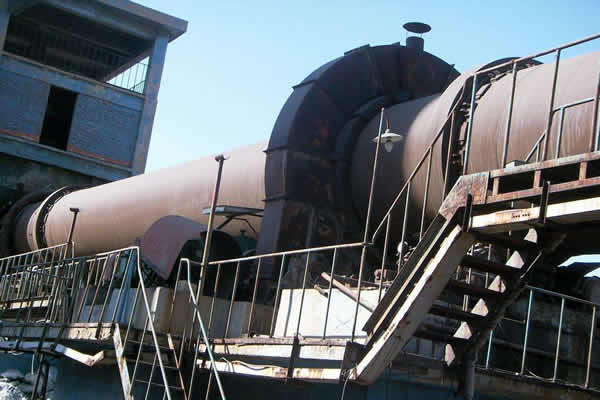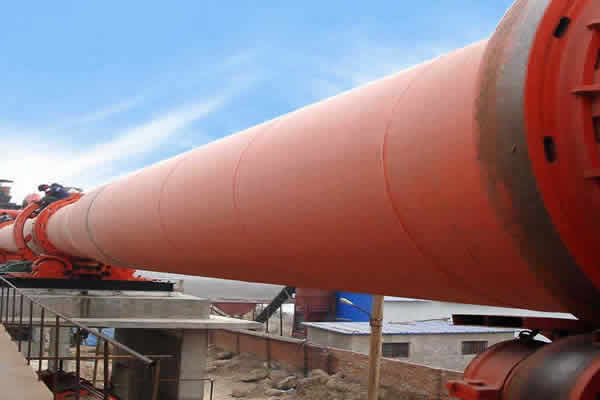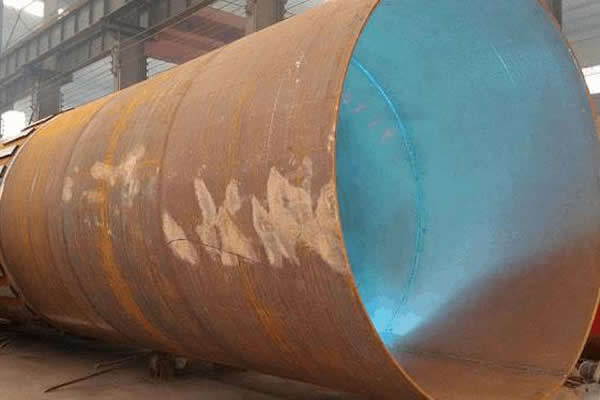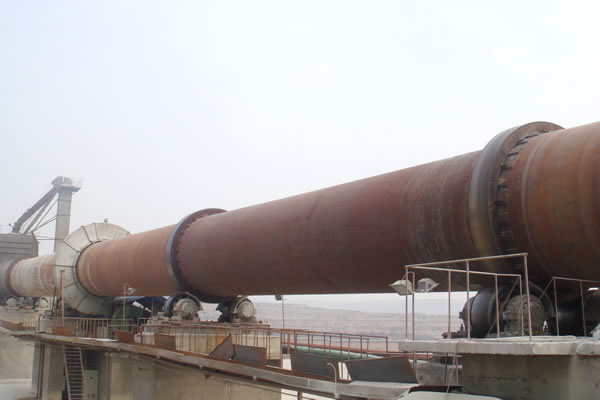Description
Alumina rotary kiln is a type of equipment used for the processing of alumina, commonly found in alumina production plants. Alumina, also known as aluminum oxide, is a raw material used in the production of aluminum metal. The processing of alumina involves the use of high temperature and pressure, and the alumina rotary kiln is a crucial part of this process.
The alumina rotary kiln is a type of rotary drum kiln that is used to process alumina. It is designed to rotate at a constant speed and at a high temperature. The drum of the kiln is lined with firebricks that can withstand high temperatures, and the kiln is equipped with burners that generate heat. The burners can be fueled by coal, gas, or oil.
The alumina rotary kiln is made up of several components, including the kiln body, support devices, drive devices, transmission devices, sealing devices, feeding devices, and discharging devices. The kiln body is the main part of the kiln, and it is typically made of steel. The support devices hold the kiln in place and ensure that it rotates smoothly. The drive devices are used to rotate the kiln, and the transmission devices transfer the power from the drive devices to the kiln. The sealing devices prevent heat and gas from escaping the kiln. The feeding and discharging devices allow for the continuous input and output of materials.

The alumina rotary kiln works by heating alumina at a high temperature, typically above 1300 degrees Celsius. The high temperature causes the alumina to break down and release carbon dioxide. This process is known as calcination. The carbon dioxide is then removed from the kiln using an exhaust system. After calcination, the alumina is cooled and collected at the end of the kiln.
The alumina rotary kiln has several advantages over other types of kilns. First, it is able to process large amounts of alumina at a time. Second, it is energy efficient, as it uses less fuel compared to other types of kilns. Third, it is flexible, as it can be adjusted to process different types of alumina. Finally, it is reliable, as it can operate continuously for long periods of time without requiring maintenance.
However, the alumina rotary kiln also has several disadvantages. One major disadvantage is its high cost, as it is expensive to build and maintain. Another disadvantage is its large size, which makes it difficult to transport and install. Additionally, the kiln requires a large amount of energy to operate, which can be costly.
Despite its disadvantages, the alumina rotary kiln is widely used in the production of alumina due to its many advantages. It is used in a variety of industries, including the production of aluminum, ceramics, and cement. In the aluminum industry, the alumina rotary kiln is used to produce alumina from bauxite ore, which is the main source of alumina. In the ceramics industry, the kiln is used to produce ceramic tiles, pottery, and other ceramic products. In the cement industry, the kiln is used to produce cement clinker, which is the main ingredient in cement production.
In conclusion, the alumina rotary kiln is a crucial part of the alumina production process. It is designed to process large amounts of alumina at a high temperature, and it is energy efficient, flexible, and reliable. Despite its high cost and large size, it is widely used in a variety of industries due to its many advantages.










